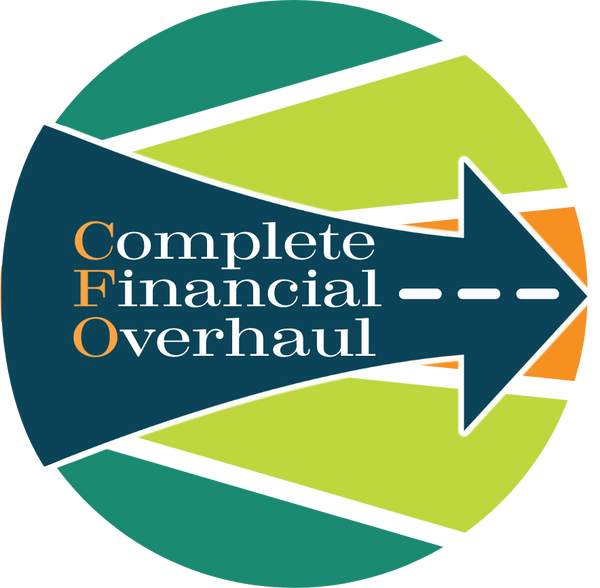How to Adjust Your Budget Based on Actual Spending
Share
How to Adjust Your Budget Based on Actual Spending
Imagine your household budget as a recipe for your family’s favorite meal. You’ve got your list of ingredients (your planned expenses), and you think you know exactly how much of each item you need. But as you start cooking, you realize the recipe isn’t quite working out. Maybe you need a little more of one ingredient and less of another. Just like adjusting a recipe to suit your family’s tastes, sometimes you need to tweak your budget based on what’s really happening in your financial life.
Let’s start with that grocery bill. You planned to spend $150 a week, thinking it would cover all the essentials, but after a month of trips to the store, you notice you’re consistently spending closer to $200. It’s like realizing you need more flour in your cookie recipe because your dough isn’t coming together. Rather than stressing about it, it’s time to adjust the budget. Maybe you reduce spending in another area, like cutting back on takeout nights or reconsidering that gym membership that’s collecting more dust than sweat. The key here is to adapt, not to beat yourself up for the extra $50—just like you wouldn’t toss out a batch of cookies for needing a little extra flour.
Next, think about your kids’ activities. You might have budgeted $100 a month for extracurriculars, but then the reality of soccer fees, dance shoes, and piano books sets in, and you’re easily spending twice that. It’s like making a lasagna and realizing halfway through that you need a lot more cheese than you thought. So, you adjust. Maybe you decide to prioritize the activities that bring the most joy or find ways to save on the others, like swapping out private lessons for group classes. By recognizing where the real costs are, you can make informed choices that keep your financial “lasagna” from bubbling over.
Another area where budgets often need tweaking is in the land of unexpected expenses. Picture this: you’ve planned out your month, and everything is on track. But then, the car breaks down, or the washing machine decides it’s had enough. These moments are like when you’re baking a cake and suddenly realize you’re out of eggs. You’ve got to think on your feet and adjust. This might mean dipping into your emergency fund or reallocating money from a less urgent category. It’s all about being flexible, just like how you might substitute applesauce for eggs in a pinch.
Now, let’s talk about tracking your spending. It’s easy to fall into the trap of thinking that once you’ve set your budget, the work is done. But budgeting is more like parenting—a daily, sometimes hourly, exercise in paying attention. By keeping an eye on your spending, you can see where things are going off course and make adjustments before the end of the month. Think of it like monitoring the oven temperature while baking. You wouldn’t set it and forget it, right? The same goes for your budget.
Finally, remember that adjusting your budget isn’t a sign of failure—it’s a sign of growth. Just like how your cooking skills improve with practice, your budgeting skills will too. Every time you make a tweak based on actual spending, you’re getting better at managing your money. It’s like learning to add a little extra spice to your favorite dish until it’s just right for your family. So, embrace the adjustments, knowing that they’re part of creating a budget that truly works for you.
In the end, adjusting your budget based on actual spending is all about being realistic and flexible. It’s about recognizing that life doesn’t always go according to plan and being willing to make changes that keep your financial life on track. Just like how you’d adjust a recipe to suit your family’s tastes, you’re fine-tuning your budget to better reflect the realities of your spending. And with each adjustment, you’re getting closer to a budget that’s as satisfying as a well-cooked meal.
